How many Americans still want jobs?
There's some lingering weirdness in the labor force participation rate. Here's what it means.


Another month, another fairly good jobs report. The U.S. economy created 209,000 new jobs in July, and the unemployment rate ticked down to 4.3 percent. But there's even more good news: The labor force participation rate — basically, the percentage of the U.S. population in the workforce — also ticked up to 62.9 percent in July, continuing an upward trend from 62.8 percent in June.
How much higher can it go?
To answer that question, it helps to first look at the size of the hole we're in. The Great Recession delivered a massive blow to labor force participation, knocking it down 3 percentage points — over 15 million people. It's bounced around since, so this month's 62.9 percent reading doesn't necessarily portend a recovery. But it at least reconfirms the labor force has stabilized.
The Week
Escape your echo chamber. Get the facts behind the news, plus analysis from multiple perspectives.

Sign up for The Week's Free Newsletters
From our morning news briefing to a weekly Good News Newsletter, get the best of The Week delivered directly to your inbox.
From our morning news briefing to a weekly Good News Newsletter, get the best of The Week delivered directly to your inbox.
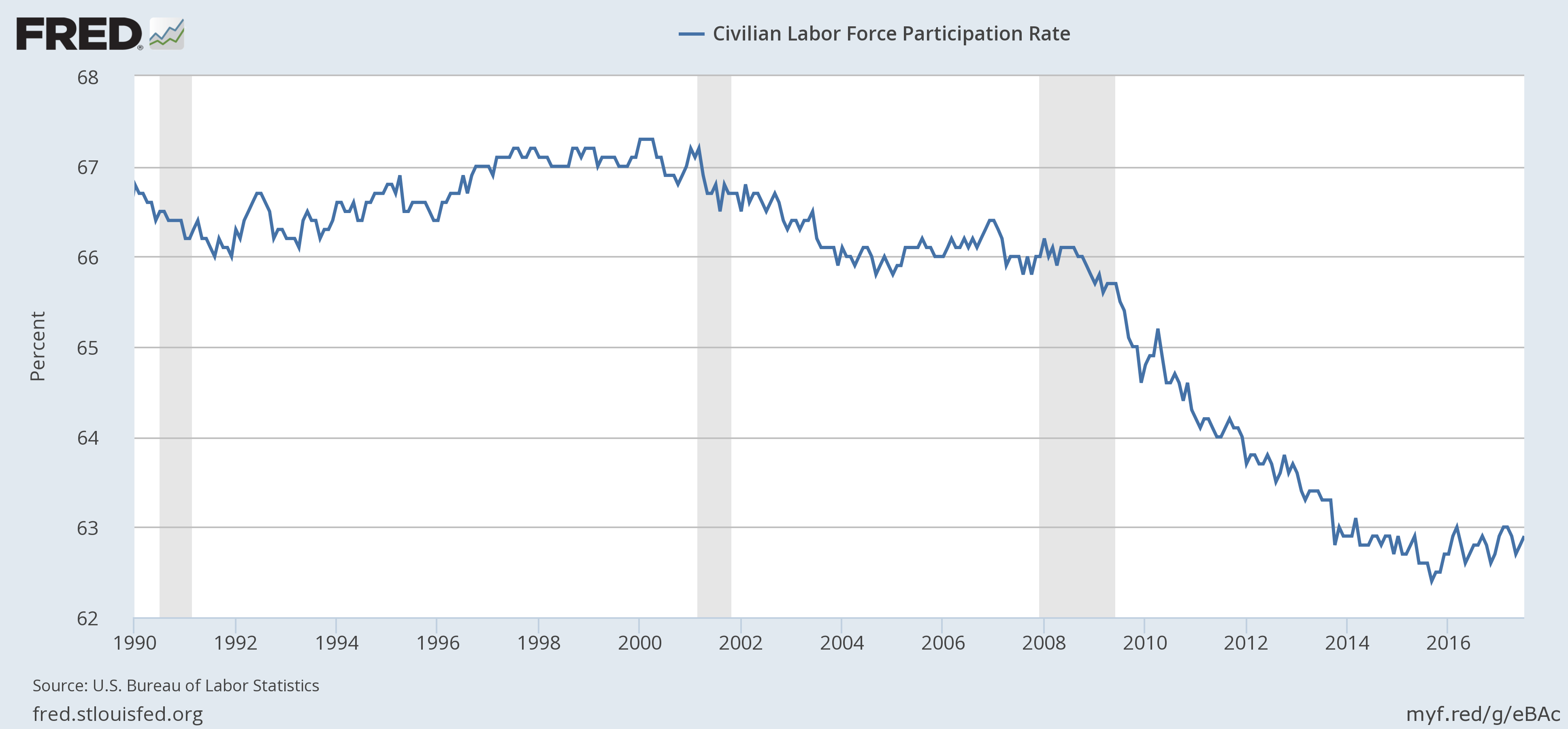
But can we ever get back to the participation rate we had before the Great Recession? That would be a very far away 66 percent. What about 67 percent, the rate we had before the 2001 recession?
Let's start by explaining the labor force participation rate itself.
If you want to measure unemployment, you first have to define "unemployment." For instance, a stay-at-home mother or father is not "unemployed" in the sense we mean. Same for a student in her early 20s or a 75-year-old enjoying retirement. So to avoid these false positives, the Bureau of Labor Statistics (BLS) decided that if you've looked for a job at least once in the last four weeks, you're "unemployed."
The labor force is just the number of people who have a job plus the number of people who looked for a job at least once in the last month. The unemployment rate is just the percentage of that population that doesn't have a job. And the labor force participation rate is just what percentage of all Americans over the age of 16 are in the labor force.
A free daily email with the biggest news stories of the day – and the best features from TheWeek.com
This gets tricky because there's no "right" way to draw the line between who's "unemployed" in the true sense of the word and who simply doesn't have a job. The way the BLS drew the line rightly ensures that Americans who are retired or in school or staying home with the kids aren't counted as "unemployed." But what if the job market has been so bad for so long that people just give up on finding work, and look less than once a month? Or what if the only jobs they can find are poorly paid and exploitative and demeaning, so they quite understandably decide that maybe it would be better to just get by on the welfare state's meager proceeds? They'll be counted as not in the labor force too, when really they're "unemployed" in the meaningful negative sense.
This is the root of the debate over whether the official unemployment rate is the "real" unemployment rate or not. And there's good reason to think the post-2008 collapse in labor force participation really did screw with the reliability of the official unemployment rate. For an unemployment rate of 4.3 percent, wage growth and inflation remain extraordinarily low.
So can we pick apart who's dropped out of the labor force for "good" reasons as opposed to "bad" ones? Sort of.
For Americans under 25, for instance, much of the shift out of the labor force is due to people staying in school longer. Maybe that's a good thing because they're getting more education. But if school is mainly serving as a temporary safe harbor from a job market that's still terrible, that's not so good.
Or maybe disability benefits are tempting workers out of the labor force? But the bulk of people leaving the labor force for disability reasons are in the 50-to-65 age range. Which suggests disability benefits, to the extent they're not for actual disability, are essentially serving as early retirement to save people from a still-hopeless job market.
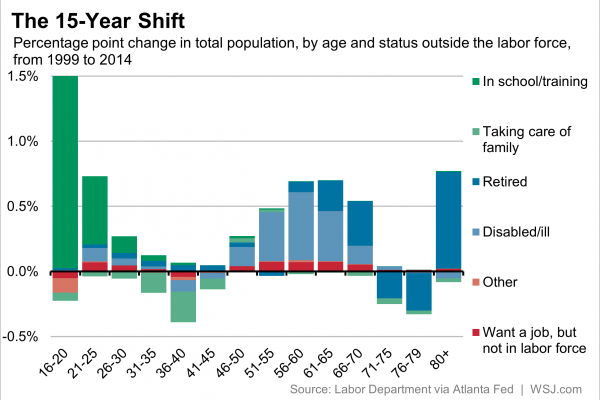
Finally, there's retirement. This seems like the most clear-cut issue: We want people to enjoy their retirement. And it seems reasonable to assume that once someone has retired, they're out of the labor force for good.
But this too is more complicated. You might remember Gerald Friedman, an economist who in 2016 ran a projection of what would happen to the economy if we passed all of then-presidential candidate Bernie Sanders' agenda. Friedman's projections — one of which was that Sanders' agenda would repair the entire fall in labor force participation — were roundly mocked by mainstream liberal economists as insanely optimistic. The assumption was the upper bound for the labor force participation rate is more or less set in stone.
But it's really not.
A 2014 report by President Obama's Council of Economic Advisors suggested that half the post-2008 fall in labor force participation was due to retirement — and thus is "structural" and unlikely to be reversed. But a more recent report from the Roosevelt Institute concluded that nearly all of the fall was thanks to damage to the job market, and very little due purely to retirement.
Retirement is a squishy social phenomenon. Some people like to work or have a craft even in their golden years, and some don't. But what path people decide to take depends enormously on what they think their opportunities are: Is the job market booming? Does work pay well and do employers offer flexibility and benefits? Or is the job market still terrible? Does work pay poorly, and do employers still wield all the power? Are people confident in their retirement portfolios and savings, or not? All of that will affect how many people retire and how satisfied they are with their decision.
If the economy is still damaged — and the evidence is overwhelming that it is — then fixing that damage would profoundly change the upper bound for labor force participation.
Ultimately, we just don't know how much higher the participation rate can go. At minimum it seems like it could go to 65 percent, which itself would mean millions of people being brought back into the workforce. But it could go higher still. That's the basic reason why we shouldn't declare victory in the economy just yet. It's also why Congress shouldn't be trying to close the deficit, and why the Federal Reserve shouldn't be hiking interest rates.
We don't know how high labor force participation can go. But we ought to try and find out.
Jeff Spross was the economics and business correspondent at TheWeek.com. He was previously a reporter at ThinkProgress.
-
 The pros and cons of noncompete agreements
The pros and cons of noncompete agreementsThe Explainer The FTC wants to ban companies from binding their employees with noncompete agreements. Who would this benefit, and who would it hurt?
-
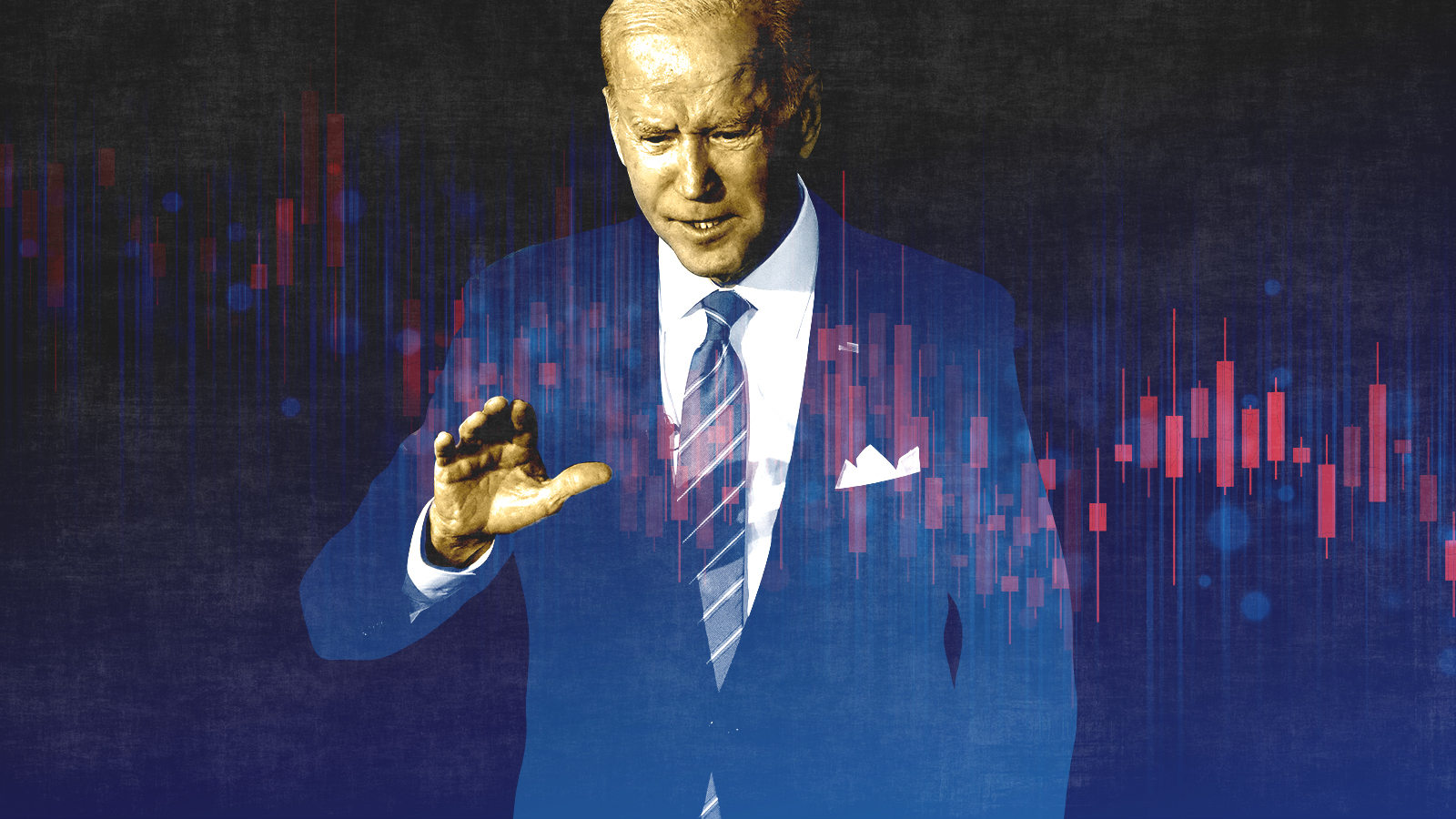 What experts are saying about the economy's surprise contraction
What experts are saying about the economy's surprise contractionThe Explainer The sharpest opinions on the debate from around the web
-
 The death of cities was greatly exaggerated
The death of cities was greatly exaggeratedThe Explainer Why the pandemic predictions about urban flight were wrong
-
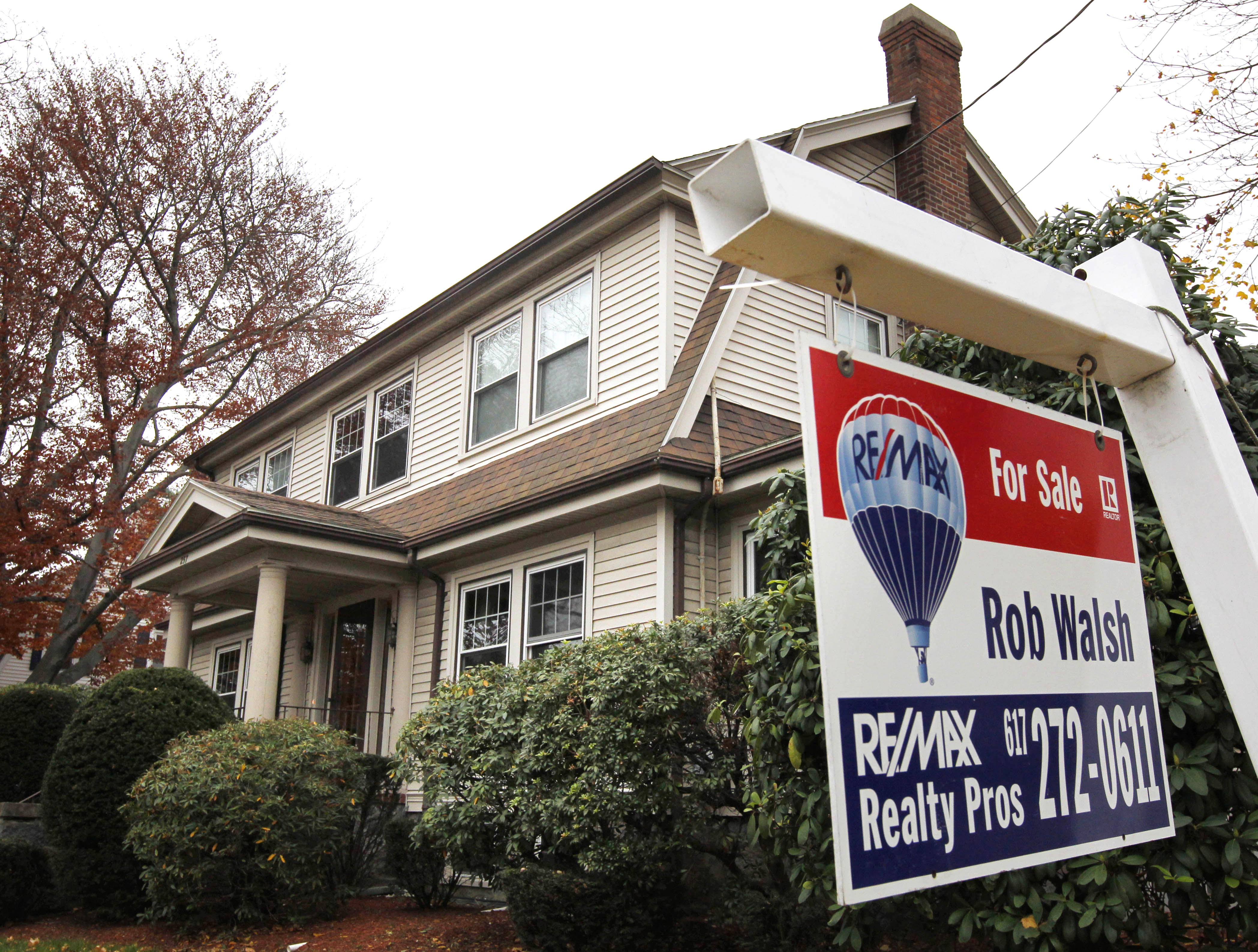 The housing crisis is here
The housing crisis is hereThe Explainer As the pandemic takes its toll, renters face eviction even as buyers are bidding higher
-
 How to be an ally to marginalized coworkers
How to be an ally to marginalized coworkersThe Explainer Show up for your colleagues by showing that you see them and their struggles
-
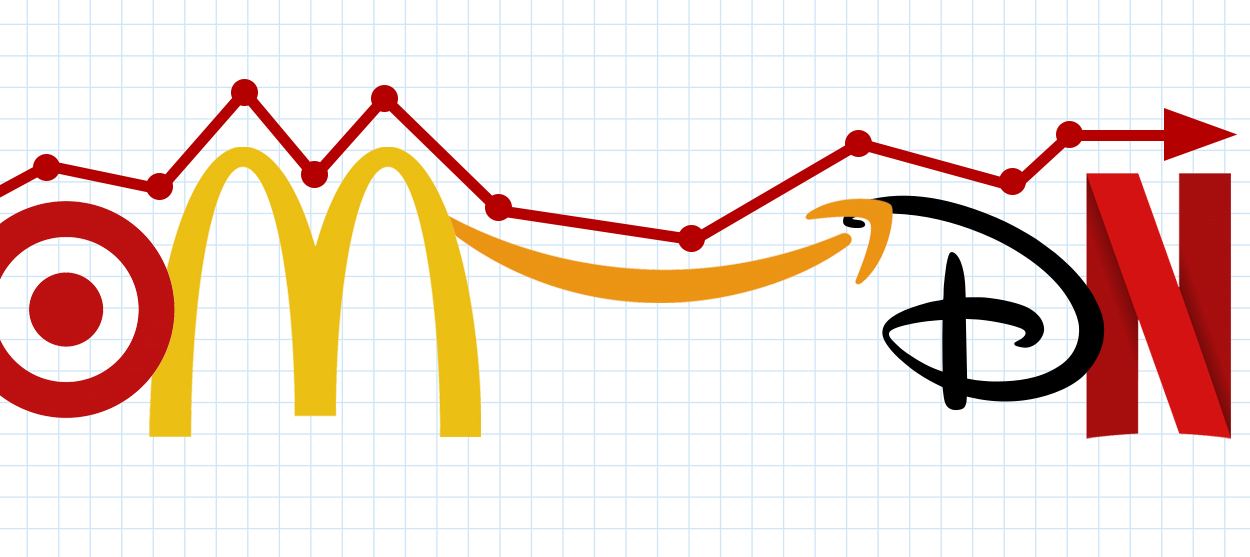 What the stock market knows
What the stock market knowsThe Explainer Publicly traded companies are going to wallop small businesses
-
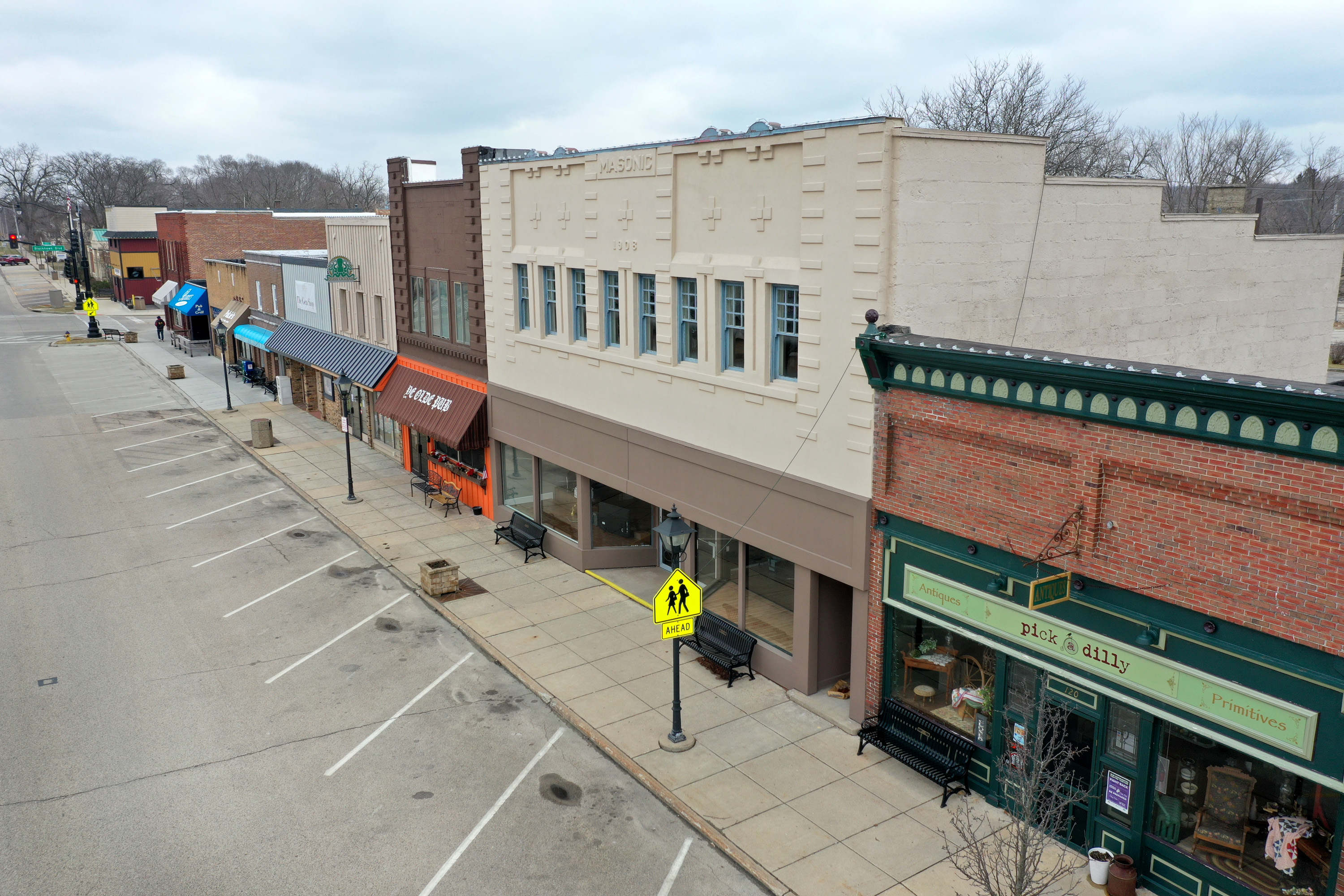 Can the government save small businesses?
Can the government save small businesses?The Explainer Many are fighting for a fair share of the coronavirus rescue package
-
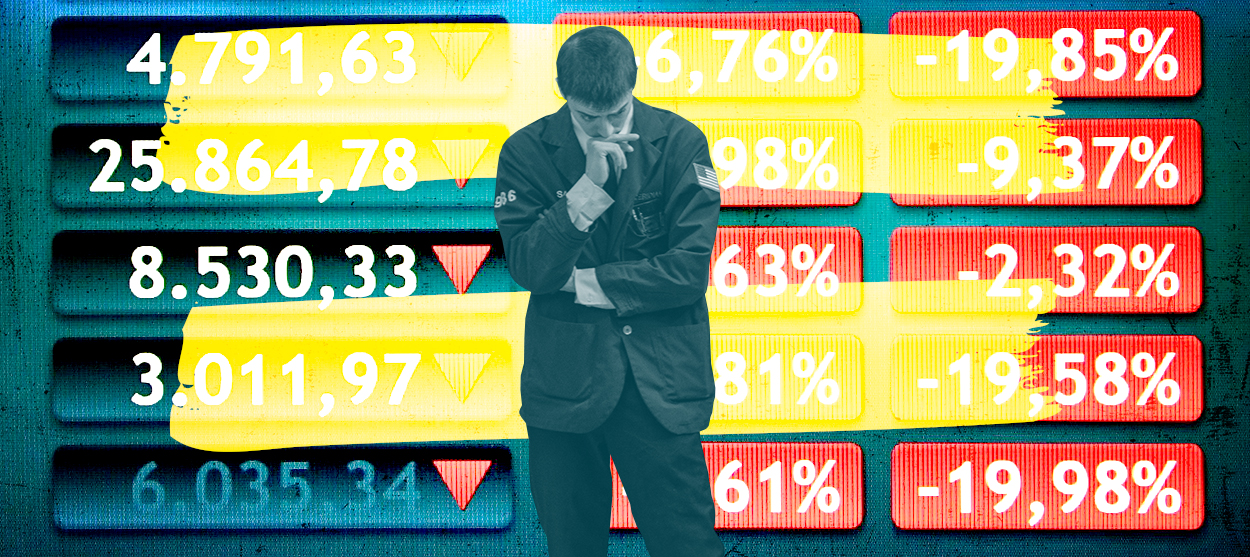 How the oil crash could turn into a much bigger economic shock
How the oil crash could turn into a much bigger economic shockThe Explainer This could be a huge problem for the entire economy



